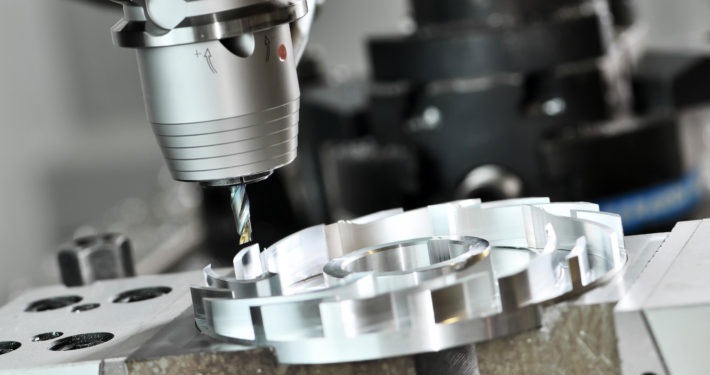15 years one-stop China custom CNC machining parts factory

Hey there I’m VMT Sam!
With 25 years of CNC machining experience we are committed to helping clients overcome 10000 complex part-processing challenges all to contribute to a better life through intelligent manufacturing. Contact us now
 455 |
Published by VMT at Sep 17 2021
455 |
Published by VMT at Sep 17 2021
There are two common processing methods in CNC milling machine processing: down milling and up milling. The difference between them is not clear to many people. In order to reduce the impact load of the milling cutter and increase the success rate during milling, they often feed along the direction of rotation of the milling cutter or change to the opposite direction. But this will inevitably affect the effect of cutting and cutting. This article mainly describes the difference between down milling and up milling in CNC machining.
Down milling and up milling
CNC machining down milling: In edge down milling, the chip thickness will gradually decrease from the beginning of cutting, and finally reach zero at the end of cutting. This prevents the cutting edge from scratching and rubbing against the surface of the part before participating in the cutting.nner.
CNC machining up-milling: in the opposite direction, the chip thickness gradually increases from zero until the end of the cutting. The cutting edge must be forcibly cut in to produce scratching or polishing effects due to friction, high temperature, and frequent contact with the work-hardened surface caused by the front cutting edge. All this will shorten the tool life.

The golden rule of milling-from thick to thin
Milling processing needs to determine the position of the decisive factor milling cutter before the chip is completed, because the stability of milling is determined by the formation of thick and thin chips when the cutting edge cuts. Therefore, following the golden rule is to ensure that the chip thickness when the blade is cut is as small as possible.
Down milling and up milling comparison table
| Item | Climbing Milling | Up Milling |
|---|---|---|
| Cutting thickness | From large to small | From small to large |
| Tool wear | Slow | Fast |
| Act on the workpiece | Squeeze | Lift up |
| Vibration | Big | Small |
| Surface roughness | Good | Bad |
| Sliding phenomenon | No | Yes |
| The surface of the workpiece is cold and hard | No | Yes |
| Eliminate the gap between the screw rod and the nut | Mo | Yes |
| Energy loss | Small | Large 5% to 15% |
| Applicable occasions | Finishing | Roughing |
Ready To Start Your Next Project?
Get Instant Quote

Request a Free Quote
Send us a message if you have any questions or request a quote. We will get back to you ASAP!